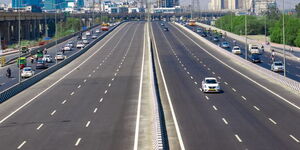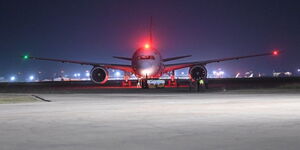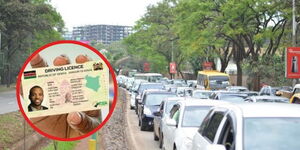As you pass through a tyre filling station, you may have wondered why motorists dial a machine before inflating their tyres.
Usually, one is required to input a pressure limit - depending on the tyre type and size before inflating it. This ensures that all tyres are filled to the right amount.
Having balanced tyres not only prevents accidents but also ensures that the vehicle uses fuel efficiently.
In cases when a tyre is underinflated, a vehicle can increase fuel consumption given that more power is required to move the wheels.
The inflated tyre becomes heavy and drags, therefore, the engine is required to provide more power - in the end, consuming a lot of fuel.
"A tyre that is 20 per cent underinflated can increase a vehicle’s fuel consumption by 10 per cent as it provides more resistance, causing your car to expend more effort.
"Since the weight of the vehicle is not properly supported, this also will put additional strain on the engine," read a statement by the US Energy Ministry.
Underinflation is also risky as the tyre could blow up and lead to an accident.
On the other hand, in cases where the tyre is overinflated, the contact patch between the tyre and the road is compromised. This makes the tyres wear out easily given the pressure exerted on them.
Therefore to avoid paying for extra costs, one is advised to regularly check on the tyres before embarking on a journey.
Additionally, motorists cab inflate their vehicles with air pumps that have a pressure gauge and also fill the right amount of air.
"Relying solely on the tyre pressure monitoring system is not recommended as it will usually provide an alert only when the air pressure reaches 25 per cent below where it’s supposed to be," read the statement in part.












